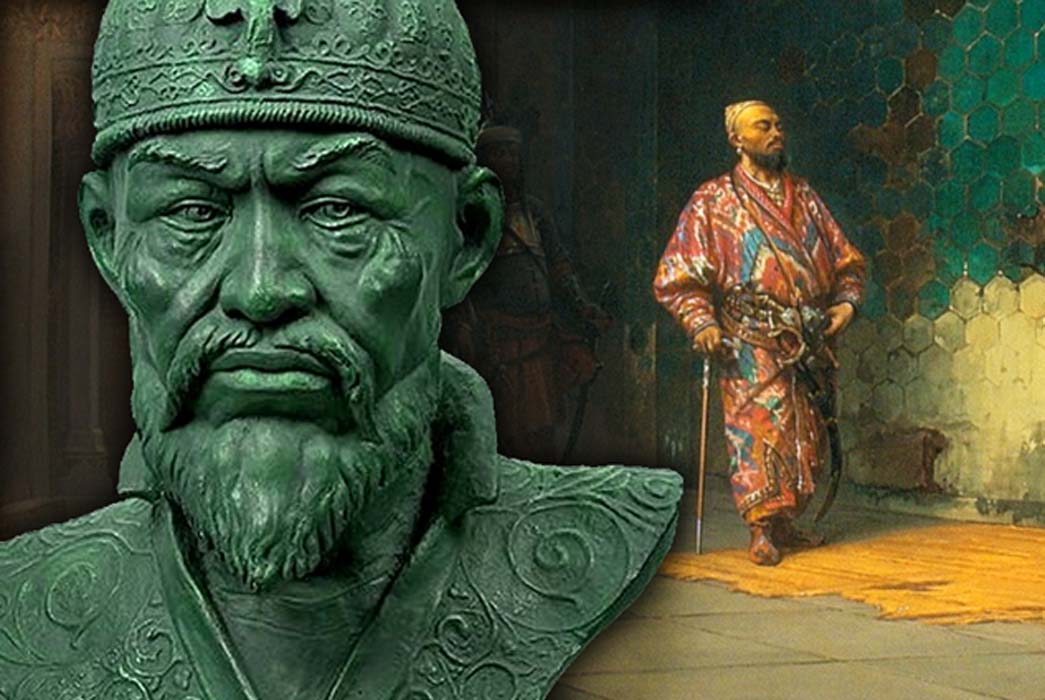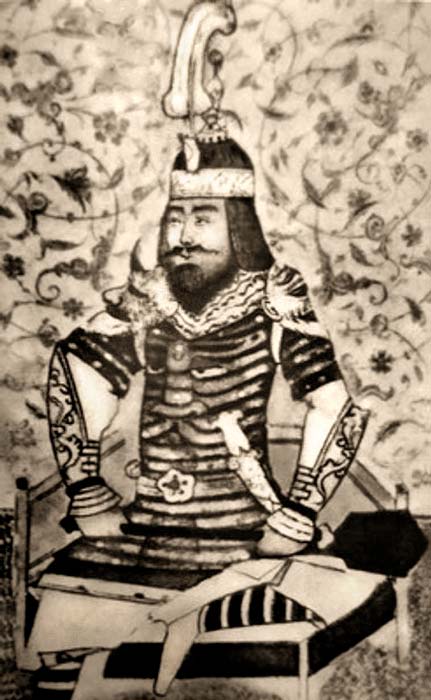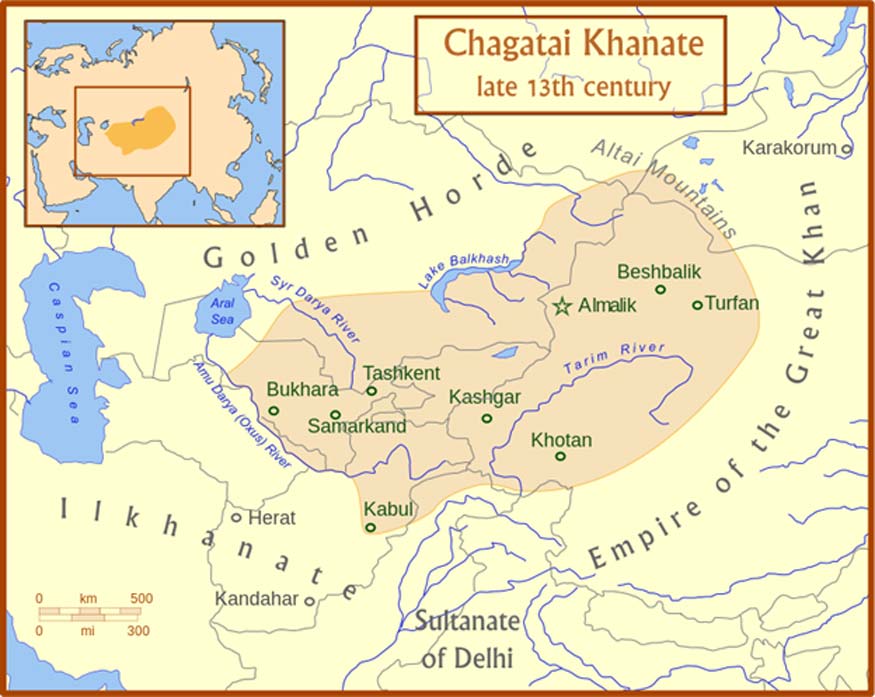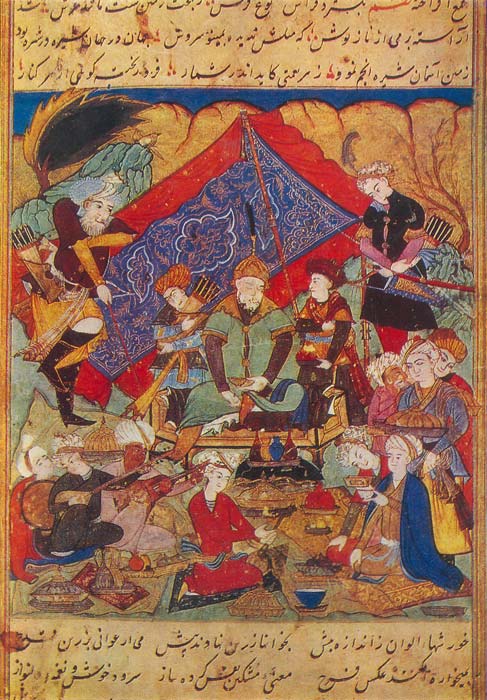
When I rise, the world shall tremble! Tamerlane’s Deadly Drive into India—Part I
Timur, historically known as Tamerlane (1336 - 1405), was a Turco-Mongol conqueror and the founder of the Timurid Empire in Persia and Central Asia. Timur rose through the ranks by gaining the respect of local chieftains due to his personal valor in combat and his brigandage. His actions, whether raiding or in combat, caused many to flock to him. It was during a battle that arrows struck his right arm and leg which left him partially paralyzed. Because of this, Europeans referred to him as ‘Tamerlane’ or ‘Timur the Lame.’
Timur was born in Transoxania a member of Barlas tribe. He rose to power among the Ulus Chaghatay. The Ulus Chaghatay was nomadic tribal confederation that formed the central region of Mongolian Chaghadaid khanate. Timur's story is similar to Genghis Khan; How true these stories are is up for debate.

Portrait of Timur, 15th century. (Public Domain)
Timur, not being related to Genghis Khan, could not bear the title Khan. Since he could not use the title, he decided to use politics to his advantage. While in the city of Balkh, (now northern Afghanistan), Timur quickly gained allies from among the merchants, peoples, and clergy due to sharing his loot with the locals, while the ruler, Husayn, who also happened to be Timur’s brother-in-law, was not viewed in with such praise. It may be that Husayn was a fine ruler; it is just that Timur had the capital to profit from his ambition.

The Chagatai Khanate and its neighbors in the late 13th century. (CC BY 3.0)
Timur challenged and defeated Husayn in 1370 and took his other wife, Saray Mulk Khanum, who was a direct descendent of Genghis Khan. This allowed him to become the indirect imperial ruler of the Chaghatay tribe. To strengthen his position further, he collected a number of princes from the various branches of the Genghisid branches.
- Thunder Clap and Lightning Strike! Conquering the World, and the Battle of Ankara – Part 1
- Empires Clash with Fire and War Elephants! Changing the World, and the Battle of Ankara – Part II
- Five of the Most Powerful and Influential Empires of the Ancient World
- Tughlaqabad Fort and the Curse of a Sufi Mystic
Timur also used Islam to legitimize his position by praising and patronizing the Sufi sheikhs and ulama. He built religious monuments to both please the religious faith and at the same time show that he was favored by the supernatural due to his connection to Genghis Khan. Timur understood the power of charisma as well as using the fear of the divine to solidify his position.





